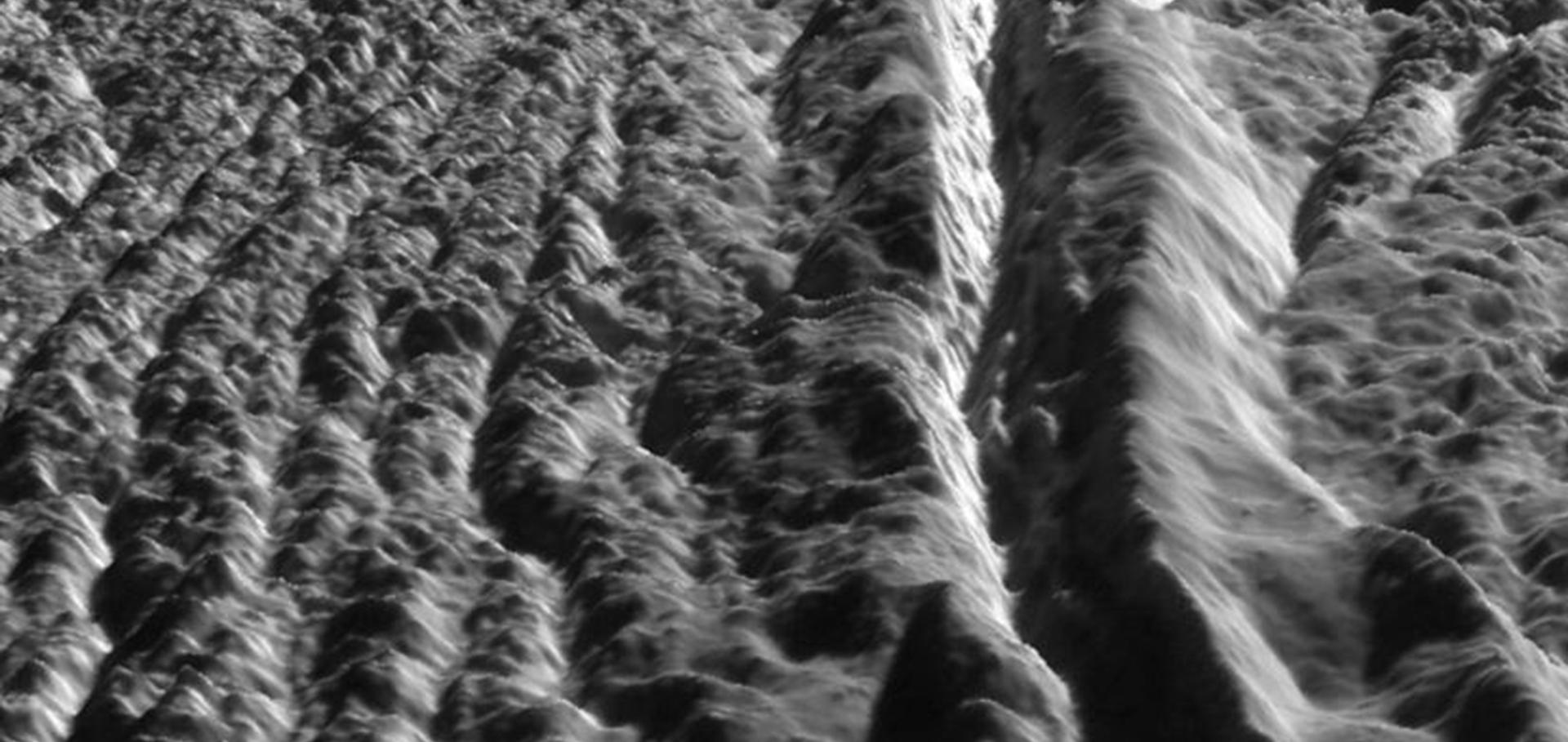The Geology and Geophysics of Kuiper Belt Object (486958) Arrokoth
(2020)
Bolometric bond albedo and thermal inertia maps of Mimas
Icarus Elsevier 348 (2020) 113745
Abstract:
In 2011 a thermally anomalous region was discovered on Mimas, Saturn's innermost major icy satellite (Howett et al., 2011). The anomalous region is a lens-like shape located at low latitudes on Mimas' leading hemisphere. It manifests as a region with warmer nighttime temperatures, and cooler daytime ones than its surroundings. The thermally anomalous region is spatially correlated with a darkening in Mimas' IR/UV surface color (Schenk et al., 2011) and the region preferentially bombarded by high-energy electrons (Paranicas et al., 2012, Paranicas et al., 2014; Nordheim et al., 2017). We use data from Cassini's Composite Infrared Spectrometer (CIRS) to map Mimas' surface temperatures and its thermophysical properties. This provides a dramatic improvement on the work in Howett et al. (2011), where the values were determined at only two regions on Mimas (one inside, and another outside of the anomalous region). We use all spatially-resolved scans made by CIRS' focal plane 3 (FP3, 600 to 1100 cm−1) of Mimas' surface, which are largely daytime observations but do include one nighttime one. The resulting temperature maps confirm the presence and location of Mimas' previously discovered thermally anomalous region. No other thermally anomalous regions were discovered, although we note that the surface coverage is incomplete on Mimas' leading and anti-Saturn hemisphere. The thermal inertia map confirms that the anomalous region has a notably higher thermal inertia than its surroundings: 98 ± 42 J m−2 K−1 s-1/2 inside of the anomaly, compared to 34 ± 32 J m−2 K−1 s-1/2 outside. The albedo inside and outside of the anomalous region agrees within their uncertainty: 0.45 ± 0.08 inside compared to 0.41 ± 0.07 outside the anomaly. Interestingly the albedo appears brighter inside the anomaly region, which may not be surprising given this region does appear brighter at some UV wavelengths (0.338 μm, see Schenk et al., 2011). However, this result should be treated with caution because, as previously stated, statistically the albedo of these two regions is the same when their uncertainties are considered. These thermal inertia and albedo values determined here are consistent with those found by Howett et al. (2011), who determined the thermal inertia inside the anomaly to be 66 ± 23 J m−2 K−1 s-1/2 and <16 J m−2 K−1 s-1/2 outside, with albedos that varied from 0.49 to 0.70.Color, composition, and thermal environment of Kuiper Belt object (486958) Arrokoth
Science American Association for the Advancement of Science (AAAS) 367:6481 (2020)
The geology and geophysics of Kuiper Belt object (486958) Arrokoth
Science American Association for the Advancement of Science (AAAS) 367:6481 (2020)

